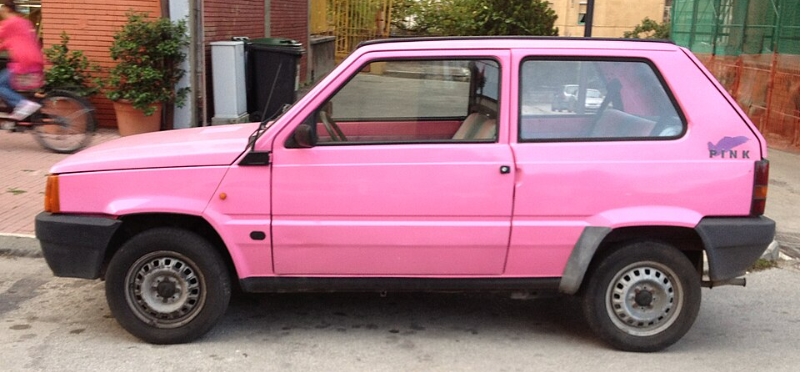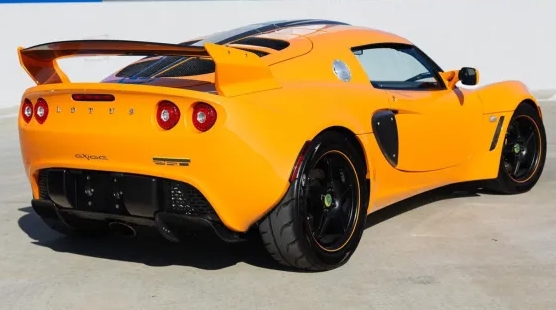The Evolution of the Fiat Panda
The Fiat Panda has long been a cornerstone of the Italian automaker’s lineup, renowned for its practicality, affordability, and versatility. Since its inception in 1980, the Panda has undergone significant transformations, reflecting changing automotive trends, technological advancements, and consumer preferences. This article provides a detailed overview of the Fiat Panda’s evolution, including production years, model variants, and trim levels offered throughout its history.
First Generation (1980–2003): The Original Icon
Introduction and Development
Launched in 1980, the Fiat Panda was conceived as an economical, practical city car aimed at urban families and budget-conscious drivers. Designed by Giorgetto Giugiaro at Italdesign, the first-generation Panda distinguished itself with its boxy, utilitarian shape, high roofline, and simplicity—features that contributed to its popularity across Europe.
Production and Variants
Production commenced in 1980 and continued until 2003, with occasional facelifts and updates.
- Early Models (1980–1986): The initial Panda was available with a range of small, economical engines, including:
- 0.9-liter petrol engine
- 1.0-liter petrol engine
- Facelift and Updates (1986–2003): The first-generation Panda received a facelift in 1986, which included:
- Revised front grille
- Slight interior updates
- Introduction of new trim levels such as “L,” “CL,” “CLX,” and “S.”
Trim Levels
Throughout its first generation, the Panda was offered in various trims, often reflecting different equipment levels:
- L: Basic model with minimal features.
- CL: Added comfort features such as upgraded interior trim.
- CLX: Included additional equipment like better upholstery and sometimes small aesthetic enhancements.
- S: Sportier variant with aesthetic touches, sometimes with small engine upgrades or special decals.
Special Editions and Variants
- Panda 4×4: Introduced in 1983, this model brought four-wheel drive capability, making the Panda suitable for off-road and rural use.
- Panda Van: A commercial version with a panel van body style, appealing to small business owners.
- Panda Fire: A special edition with unique decals and trim.
Legacy
The first-generation Panda became a symbol of practicality, offering a spacious interior despite its small footprint, incredible affordability, and ease of maintenance. Its modular design allowed for various configurations, including utility versions.
Second Generation (2003–2012): The Modern Compact
Introduction
The second-generation Fiat Panda debuted in 2003 at the Geneva Motor Show, marking a significant departure from the boxy original. Designed by Giorgetto Giugiaro once more, it adopted a more rounded, contemporary appearance while maintaining the practical ethos of the original.
Production Timeline
Manufactured from 2003 until 2012, this generation saw numerous updates and special editions.
Design and Features
- Rounded, more aerodynamic shape
- Improved interior quality and comfort
- Enhanced safety features
- Introduction of new engines, including more efficient petrol and diesel options
Model Variants and Trim Levels
Throughout its production, the second-gen Panda was offered in a variety of models:
- Base: Entry-level with essential features
- Active: Slightly upgraded with additional comfort features
- ** Dynamic:** Mid-range with more equipment
- ** Emotion:** Higher trims with better interior finishes and features
- ** 4×4:** The all-wheel-drive version remained popular, with a distinctive rugged look and improved off-road capability
- Cross: A higher-riding version with body cladding and rugged styling cues, aimed at urban adventurers
Special Editions
- Panda Italy 150: Celebrating Italy’s 150th anniversary, this edition featured unique styling elements.
- Panda Mountain: An outdoor-themed variant with roof racks and protective cladding.
- Panda Trussardi: A premium edition with luxury interior touches.
Engine Options
- 1.1-liter and 1.2-liter petrol engines
- 1.3-liter Multijet diesel engine (notably efficient)
- Introduction of eco-friendly variants with lower emissions
Notable Features
- Improved safety with dual airbags and ABS
- Modular interior with fold-flat seats
- Availability of a five-door configuration, increasing practicality
Market Position
During its second generation, the Panda solidified its reputation as an affordable, reliable city car, popular across Europe and emerging markets.
Third Generation (2012–Present): The Contemporary Urban Companion
Introduction
Unveiled at the 2011 Frankfurt Motor Show and launched in 2012, the third-generation Fiat Panda represents a significant evolution—combining modern design, advanced technology, and continued practicality. It was developed under Fiat’s “Small Wide Architecture,” sharing components with other Fiat models.
Design and Engineering
- Compact, bold exterior with distinctive front grille and rounded elements
- Increased interior space and improved ergonomics
- Incorporation of modern safety and infotainment technologies
Production and Updates
Produced from 2012 onward, the Panda has received multiple facelifts and updates, with notable refreshes in 2017 and 2020.
Model Variants and Trim Levels
The third-generation Panda has been offered in various trims tailored to diverse markets:
- Pop: The base model, emphasizing affordability
- Easy: Slightly upgraded with additional comfort and tech
- Lounge: More premium features, including better interior finishes
- City Cross: A crossover-inspired version with increased ride height, rugged styling, and additional protection cladding
- Traction Plus: Featuring improved traction for challenging terrains
Special Editions
- Panda 4×4 (Updated): Continued as a core variant, now with electronic stability controls
- Panda Nature: Eco-focused edition with green accents and fuel-efficient features
- Panda Mirror: Stylish edition with unique exterior and interior details
- Panda Urban Look: Featuring distinctive decals and design elements
Engine Options
- 1.0-liter Firefly three-cylinder petrol engine, emphasizing efficiency
- 0.9-liter TwinAir turbocharged engine, offering a balance of power and economy
- 1.2-liter four-cylinder petrol engine
- 1.3-liter Multijet diesel engines (in earlier years)
- Hybrid variants introduced in later models
Technological Features
- Uconnect infotainment system with touchscreen options
- Advanced safety features such as electronic stability control, hill start assist, and optional front parking sensors
- Improved connectivity options, including Bluetooth and smartphone integrations
Design and Practicality
The third-generation Panda emphasizes urban mobility with a compact footprint and clever storage solutions. The “City Cross” and “Trussardi” editions underline its versatility, appealing to both practical users and style-conscious drivers.
.
THIS is GOOD stuff if your car is in need:

.
Recent Developments and Future Outlook
In recent years, Fiat has continued to refine the Panda, emphasizing eco-friendliness and modern features. The 2020 facelift introduced a new grille, updated interior, and enhanced safety systems. The incorporation of hybrid technology aligns with global trends toward electrification and sustainable mobility.
Looking ahead, Fiat has announced plans for electrified versions of its models, including potential hybrid Panda variants, to meet stricter emissions standards and market demands.
Conclusion
The Fiat Panda’s journey from a simple, utilitarian city car to a modern, versatile urban vehicle encapsulates nearly four decades of automotive evolution. Its models reflect changing tastes, technological advancements, and the brand’s commitment to practicality and innovation.
Key Highlights:
- First Generation (1980–2003): The original boxy, practical design with off-road variants and multiple trims.
- Second Generation (2003–2012): A modern, rounded design with a broad range of trims and special editions.
- Third Generation (2012–present): Contemporary styling, advanced technology, and eco-friendly options.
Throughout its history, the Fiat Panda has maintained its core philosophy of providing an affordable, reliable, and adaptable vehicle for urban dwellers worldwide. Its evolution showcases the balance between tradition and innovation, ensuring its place in automotive history for years to come.







